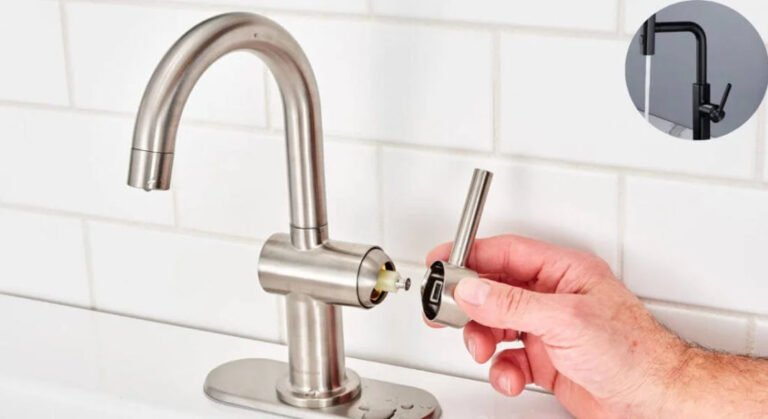Having a smoothly functioning kitchen faucet is essential for efficiency in day-to-day kitchen tasks. Whether you’re washing dishes, filling a pot, or simply rinsing fruits and vegetables, proper water flow plays a critical role in ensuring convenience. However, many homeowners face the frustrating issue of low water pressure in their faucets, which can significantly slow down these tasks.
One common culprit for low water pressure is the flow restrictor. A flow restrictor is a small device installed in most modern faucets, including Delta kitchen faucets, to regulate water flow. Its primary purpose is to conserve water and ensure compliance with water usage regulations. While this is an eco-friendly feature, it can sometimes lead to problems like clogging due to hard water or debris buildup, ultimately reducing water pressure.
If you’re experiencing low water pressure and suspect the flow restrictor is to blame, you might consider removing or cleaning it. However, it’s important to exercise caution. Removing a flow restrictor permanently may increase water consumption unnecessarily and could even violate local regulations. Make sure to weigh your options carefully and consider cleaning the restrictor instead of discarding it altogether.
Understanding Flow Restrictors in Delta Kitchen Faucets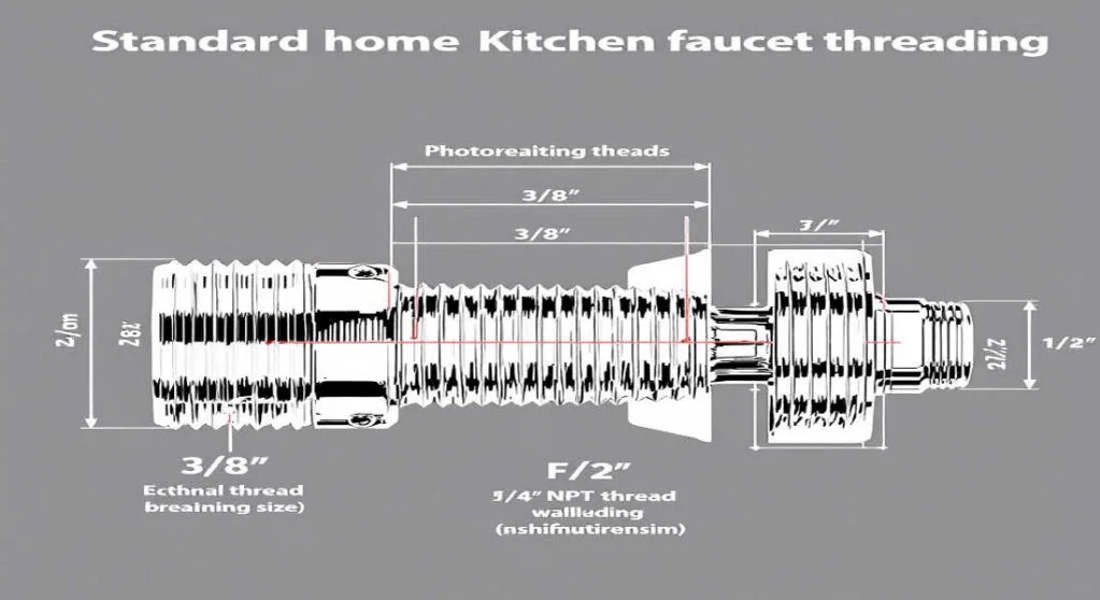
What is a Flow Restrictor?
A flow restrictor is a small, round device typically made of plastic or metal that is installed inside the faucet. It features a series of tiny holes or a mesh screen designed to limit the volume of water that can pass through the faucet at any given time. The goal is to control water usage, helping homeowners save on water bills and reduce overall water waste.
Why Do Delta Faucets Have Flow Restrictors?
Delta kitchen faucets, like many other modern faucets, are equipped with flow restrictors for several reasons:
- Water Conservation: The Environmental Protection Agency (EPA) mandates that faucets meet specific water-efficiency standards. Flow restrictors help faucets comply with these regulations by limiting water flow to around 1.5 gallons per minute (GPM).
- Cost Savings: By reducing water usage, homeowners can save money on their water bills over time.
- Pressure Control: Flow restrictors help maintain consistent water pressure, preventing splashing and ensuring an even flow.
Common Problems with Flow Restrictors
While flow restrictors serve an important purpose, they can sometimes cause issues:
- Low Water Pressure: If the flow restrictor becomes clogged with debris or mineral deposits, it can impede water flow, leading to reduced water pressure.
- Uneven Water Flow: Clogging can also result in water coming out in irregular streams or sprays.
- Hard Water Buildup: In areas with hard water (like Florida), calcium and other minerals can accumulate on the flow restrictor, making it less effective over time.
If you’re experiencing any of these problems, cleaning or removing the flow restrictor may be a necessary step to restore proper water flow.
Tools and Materials Needed for Removal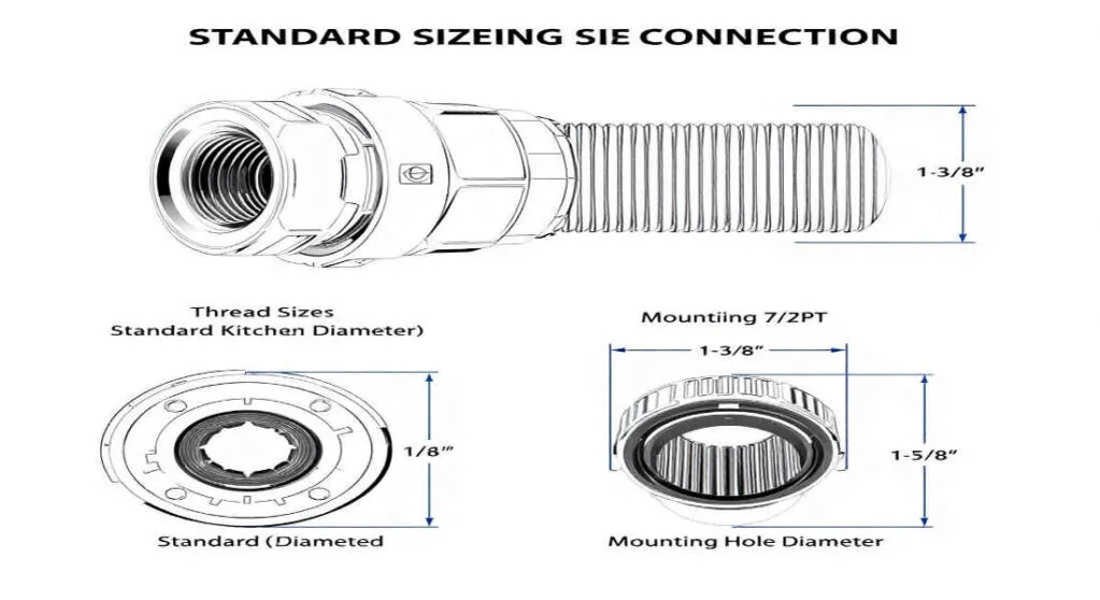
Before you start the process, it’s important to gather all the tools and materials you’ll need. Having everything ready will save time and help you avoid unnecessary interruptions.
You may also read (a guide to selecting snake sizes for home drain).
Essential Tools
Here’s a list of tools you’ll need to remove the flow restrictor from your Delta kitchen faucet:
- Allen wrench set: To loosen and remove screws on the faucet handle.
- Adjustable wrench or slip-joint pliers: For removing nuts and other components.
- Flathead screwdriver: Helps with prying out the restrictor or aerator.
- Masking tape or painter’s tape: Protects the faucet’s finish from scratches when using tools.
- Towel or rag: Covers the sink drain to prevent small parts from falling in.
- WD-40 or penetrating oil: Useful for loosening stuck or corroded parts.
Optional Materials
- Vinegar: A natural cleaning agent that can dissolve calcium and lime deposits on the flow restrictor.
- Small brush or toothbrush: Helps scrub away stubborn mineral buildup.
By preparing these tools and materials in advance, you’ll ensure a smooth removal process.
Step-by-Step Guide: How to Remove the Flow Restrictor from a Delta Kitchen Faucet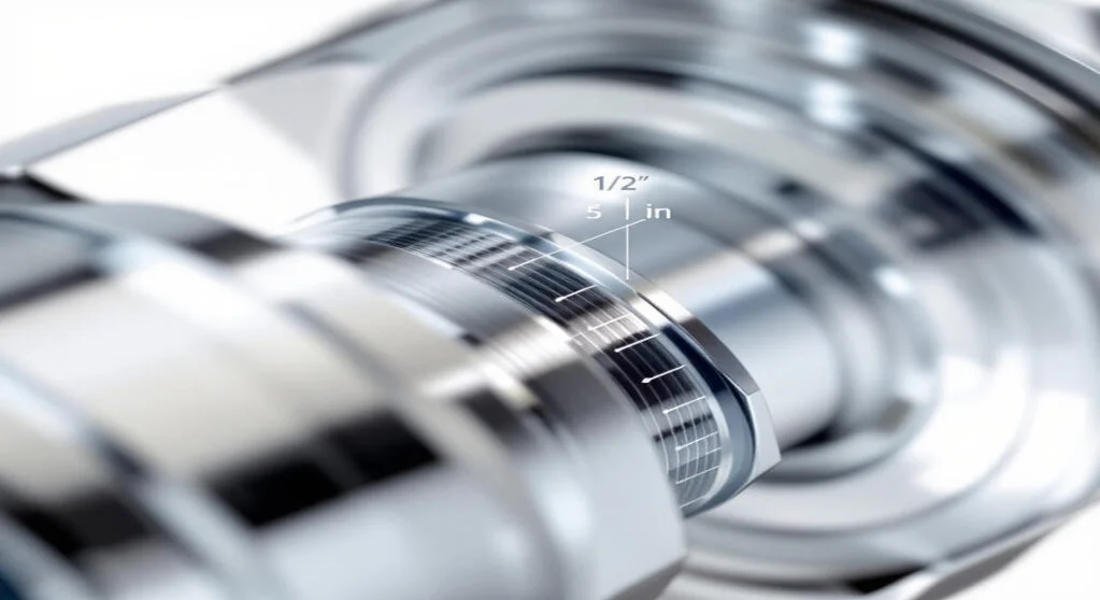
Now that you’ve gathered your tools, let’s dive into the actual process. Follow these steps carefully to remove the flow restrictor and address your faucet’s water pressure issues.
Shut Off Water Supply
- Begin by turning off the water supply. Locate the water valves under your sink and turn them clockwise to shut off both the hot and cold water lines.
- Open the faucet to drain any remaining water from the lines.
Protect Your Workspace
- Place a towel or rag over the sink drain to prevent small parts from falling in. This simple step can save you the frustration of losing screws or other components.
Remove the Faucet Handle (if applicable)
- Look for the hot/cold indicator button on the handle. Use a flathead screwdriver to gently pop it off.
- Insert an Allen wrench into the screw underneath the button and turn it counterclockwise to loosen and remove the handle.
- If the handle is stuck, apply a small amount of WD-40 and wait a few minutes. Use pliers wrapped in masking tape to protect the finish while loosening the handle.
Remove the Decorative Nut and Cartridge
- Unscrew the decorative nut (located below the handle) using pliers or an adjustable wrench.
- Next, unscrew the cartridge nut to access the internal components.
- Carefully remove the cartridge and set it aside. Below the cartridge, you’ll find the flow restrictor.
Remove and Clean the Flow Restrictor
- Identify the flow restrictor, which is typically a small, flat, round component with holes.
- Use your fingers or a flathead screwdriver to gently pry it out.
- If the restrictor is clogged, soak it in vinegar for 30 minutes to dissolve mineral deposits. Scrub it with a toothbrush if needed.
- If the restrictor is damaged, consider replacing it rather than permanently removing it.
You may also read (understanding femas role in home inspections).
Reassemble the Faucet
- Reinsert the cleaned or replaced flow restrictor.
- Place the cartridge back into position and tighten the nuts (both decorative and cartridge nuts).
- Reattach the faucet handle and secure it with the Allen wrench.
- Replace the hot/cold indicator button.
- Turn the water supply back on and test the faucet to ensure proper flow.
Tips for Maintaining Your Delta Kitchen Faucet Flow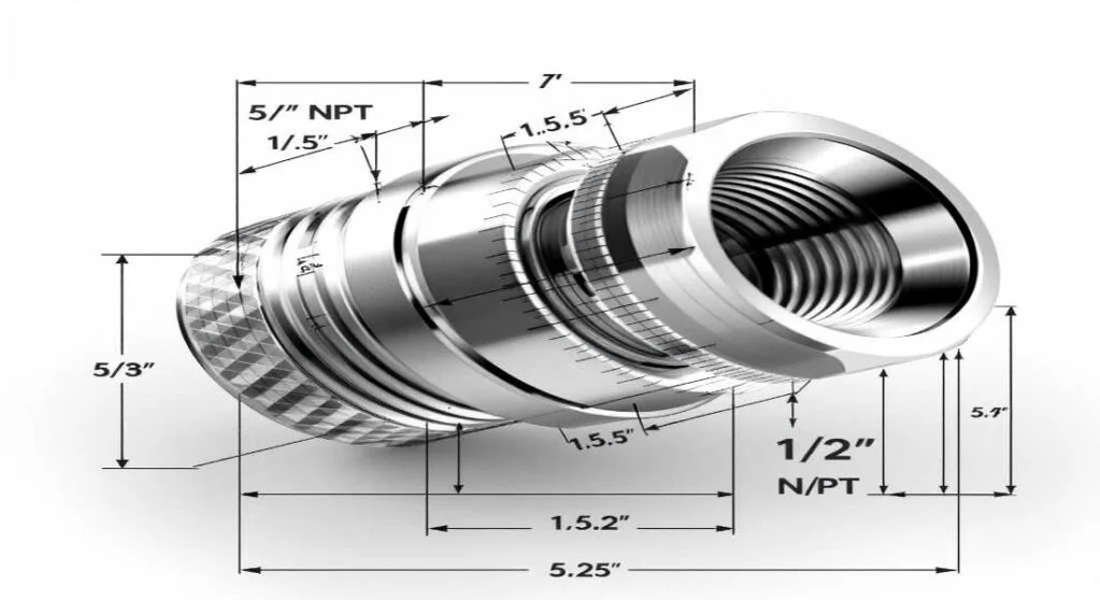
To keep your faucet functioning optimally, follow these maintenance tips:
- Clean Regularly: Schedule regular cleanings for your faucet and flow restrictor to prevent calcium buildup.
- Use Water Softeners: If you live in a hard water area, consider installing a water softener to reduce mineral deposits.
- Flush Water Lines: Periodically flush out the water lines to clear debris.
- Be Cautious About Removal: Avoid permanently removing the flow restrictor unless absolutely necessary for regulatory and conservation reasons.
You may also read (stickiness from my home kitchen cabinets).
